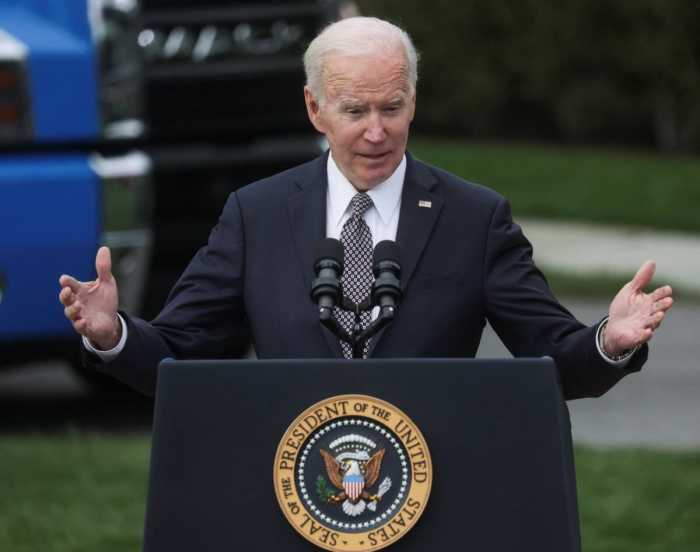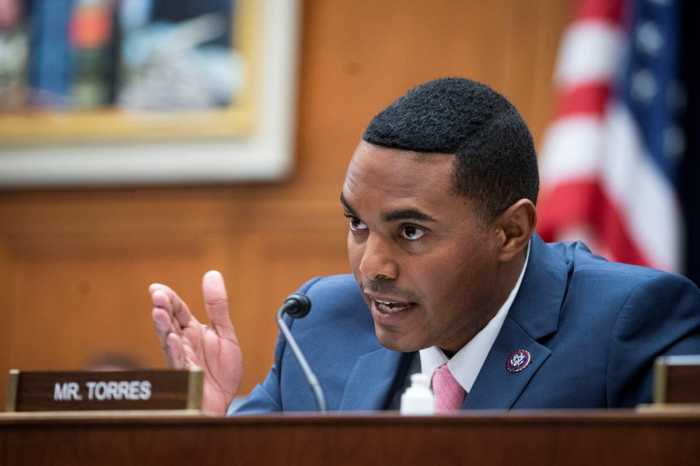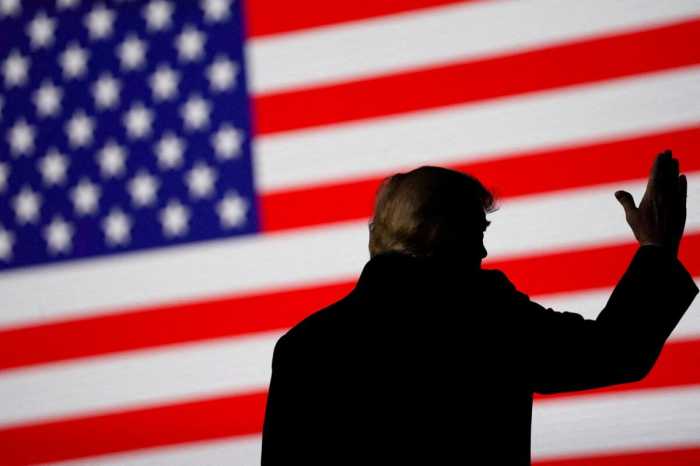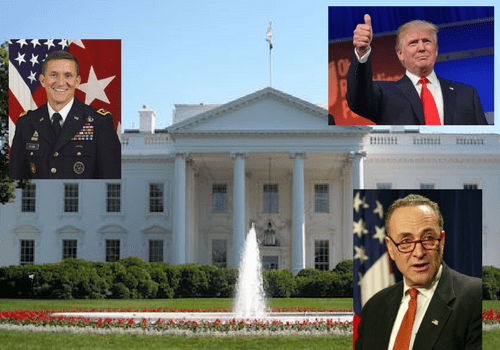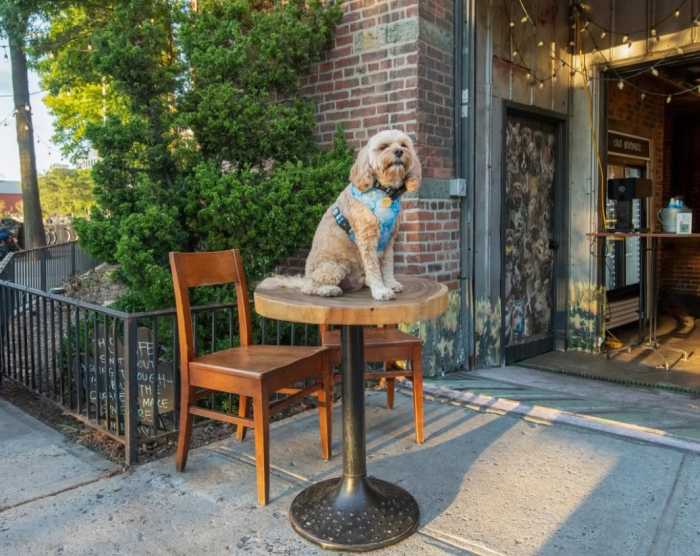Nearly two weeks after declaring a city state of emergency over the roughly 21,000 migrants who’ve come to the Big Apple since the spring, Mayor Eric Adams applauded President Joe Biden’s White House Thursday for finally started to stem the tide of asylum seekers arriving here each day.
Last week, Biden announced his administration would use a public health rule – known as Title 42 – to start expelling Venezuelan migrants, who illegally cross the U.S.’s southern border, back to Mexico. The move is intended to lessen the record numbers of asylum seekers who’ve been crossing the southern border in recent months.
During an unrelated press conference Tuesday, Adams said Biden’s change in immigration policy is already dramatically reducing the number of buses of asylum seekers – being sent here by southern-border states and the federal government – arriving at the Port Authority Bus Terminal each day. That means the president delivered on one of Adams’ core demands when he declared a state of emergency two weeks back: to implement a so-called “decompression strategy” to reduce the number of people illegally crossing the southern border.
“There was an honest moment that I had to tell New Yorkers, what we were dealing with and what I needed from the federal government. And the President responded,” Adams said. “They did a decompression strategy. We were getting eight, nine, 10 buses [each day]. After we communicated with the White House, they responded, he put in place a decompression strategy. I think today we received two buses. Yesterday, we received two buses. A substantial decrease.”
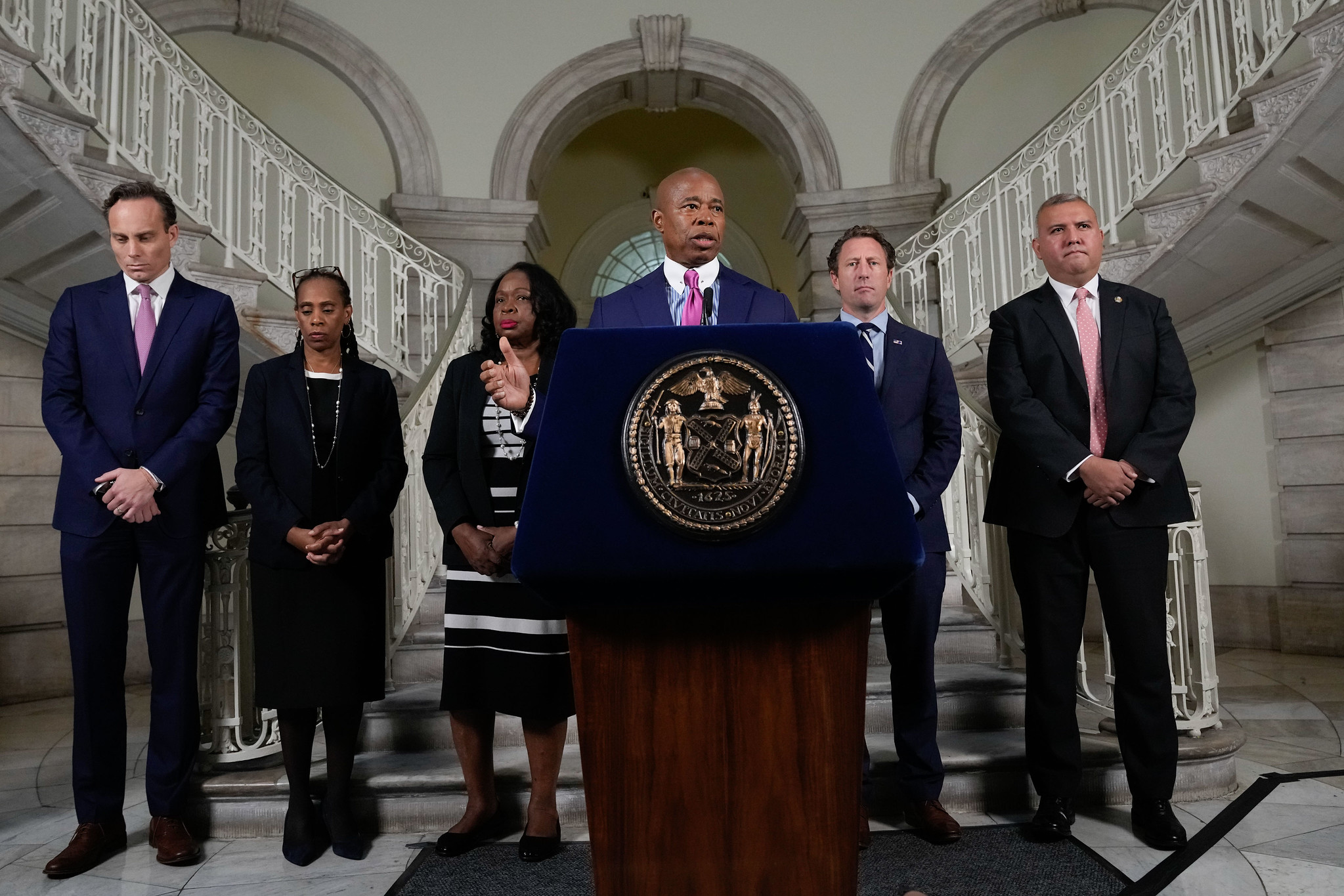
Hizzoner appeared to be taking an early victory lap Thursday, suggesting that by calling on the Biden administration to implement a tighter border policy, he’s saving the city’s economy from the immense strain it would face if around 10 buses continued to show up each day.
“It’s clear that we navigated through this storm. We don’t believe we’re there yet, but we need to really look at how this administration dealt with a real crisis,” Adams said. “We would have continued to get 10 buses a day, nine buses a day, that would have had a major impact on the future of our economy. There are over 21,000 now, close to 19,000 are still in our care, but there’s a real system that we have in place.”
Nevertheless, handling the crisis thus far has come with a large price tag. During his state of emergency address, Adams said the city is on track to spend $1 billion by the end of this fiscal year – next June – on sheltering the over 20,000 and counting migrants who’ve come to the five boroughs over the past few months, 15,900 of which are currently in the city’s homeless shelter system.
That’s why the mayor called on both Washington and Albany to immediately provide financial support to the city and for the feds to pass legislation allowing newly arrived migrants to immediately begin working. He renewed those pleas Thursday, as none of those requests have yet been met by the state and the feds.
“It’s an economic challenge,” Adams said. “We need money from the White House, we need to allow people to be able to work.”
Adams’ comments come as the first of his temporary shelters for migrants, which he’s dubbed Humanitarian Emergency Response and Relief Centers (HERRCs), on Randall’s Island opened this Wednesday. The new 500-bed tent shelter was set up to provide temporary shelter to asylum seekers, who made the long journey north from South and Central America and across the United States, while they decide where they want to go next.
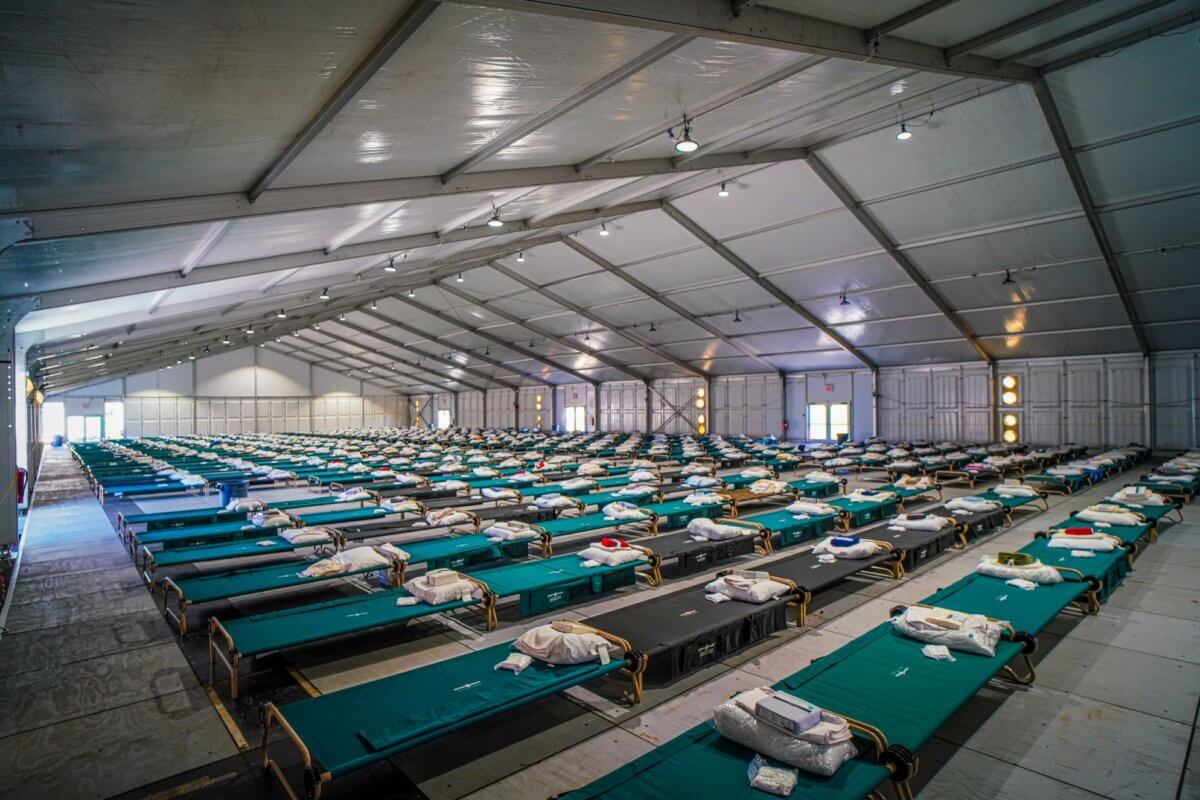
But according to published reports, the shelter only received two asylum seekers on Wednesday, though more were expected to arrive later that day. The Randall’s Island facility is being used in conjunction with 55 emergency hotel shelters and a yet-to-be-opened HERRC in a midtown hotel, intended to serve families with children, to help shelter the thousands of asylum seekers.
While the city hasn’t received any additional federal or state dollars yet, Adams said negotiations at both the federal and state levels are ongoing.
“The first phase was to stop the flow, slow down the flow,” Adams said. “We think we’re gonna reach the place to do that. But now we’re still in negotiations to get the dollars.”



